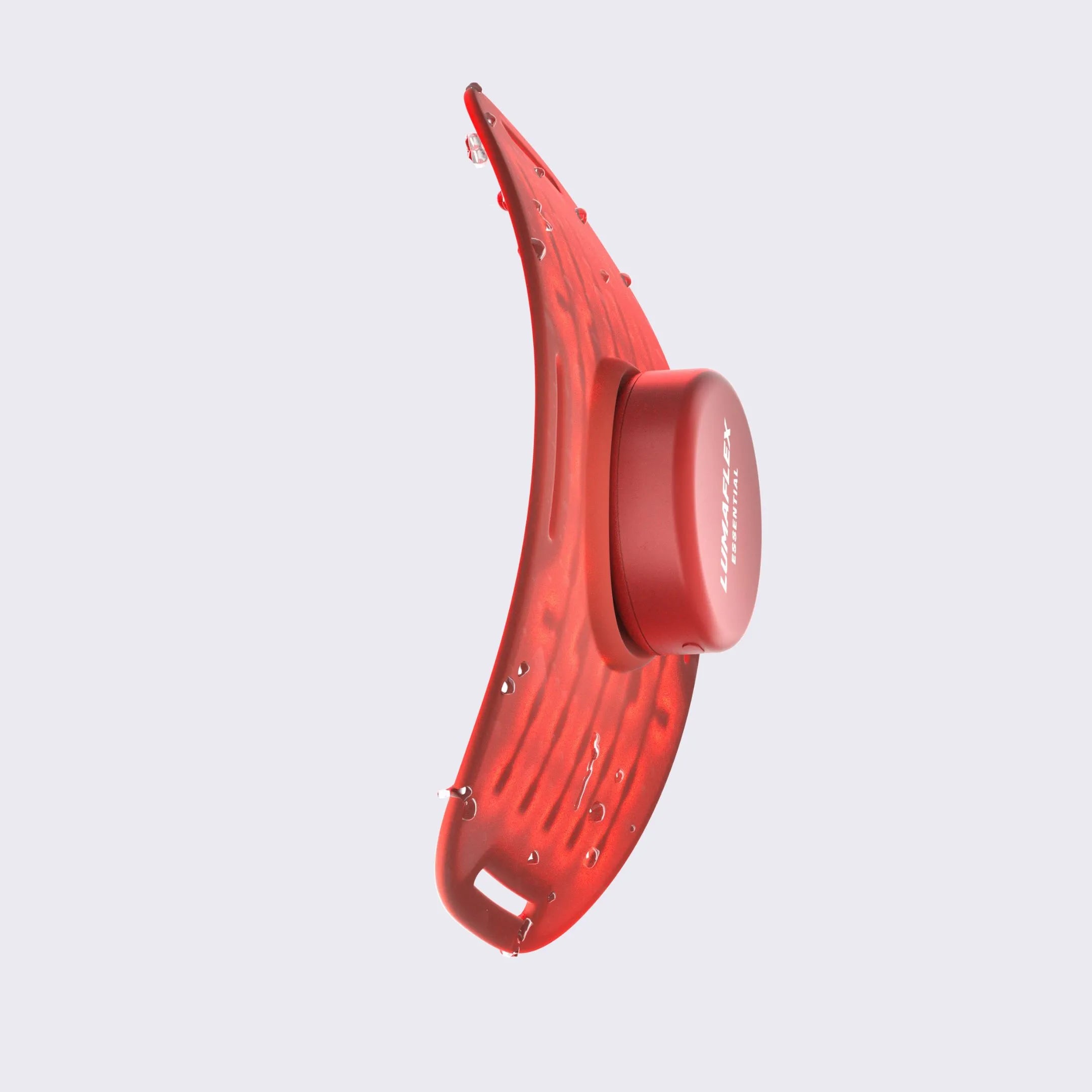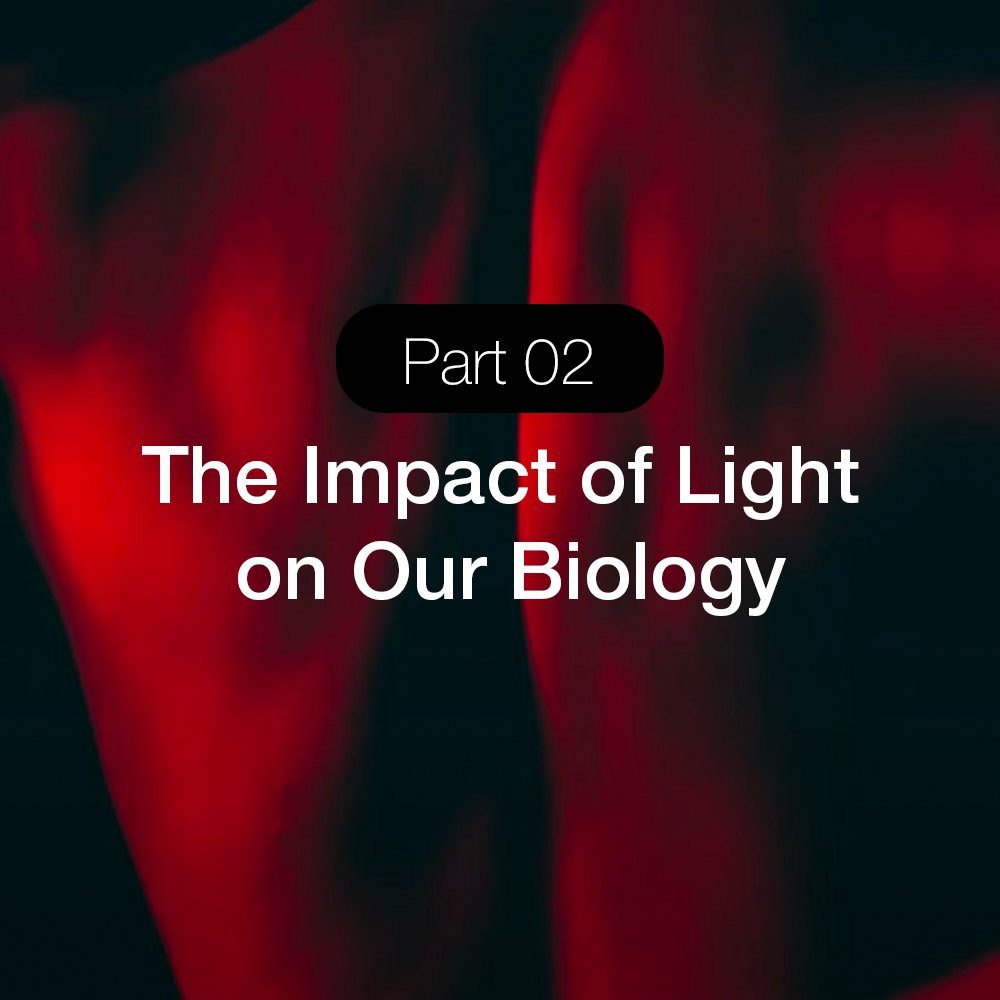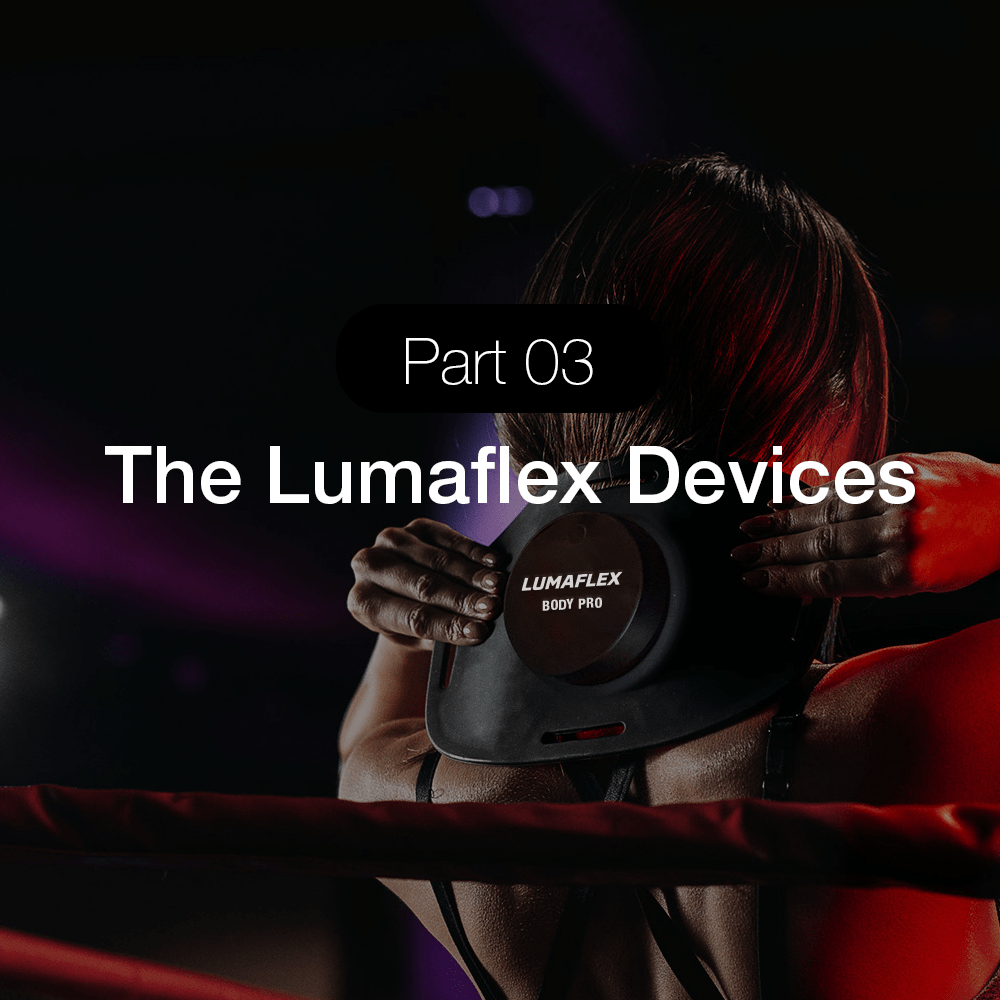Low-Level Red-Light Therapy with Pulsing Illumination Parameters
Importance of pulsing illumination parameters in low-level-light therapy
Study Overview
Description: A study to determine whether different pulsing patterns of 630 nm LED
light affect collagen production by human fibroblasts, comparing microsecond pulsing to
continuous wave and millisecond pulsing.
Source: PubMed
Summary
Participants: Human fibroblast cultures (in vitro).
Intervention: Exposure to 630 nm LED light (8 J/cm²) using various pulsing structures
(microsecond pulses) compared to continuous wave and millisecond pulsing.
Methods: Measurement of collagen type I production.
Conclusion
Precise microsecond pulsing enhanced collagen synthesis more effectively than
continuous or traditional pulsed methods. The most effective parameters were 100 µs
pulse duration, 1000 µs interval, and a specific train structure.










